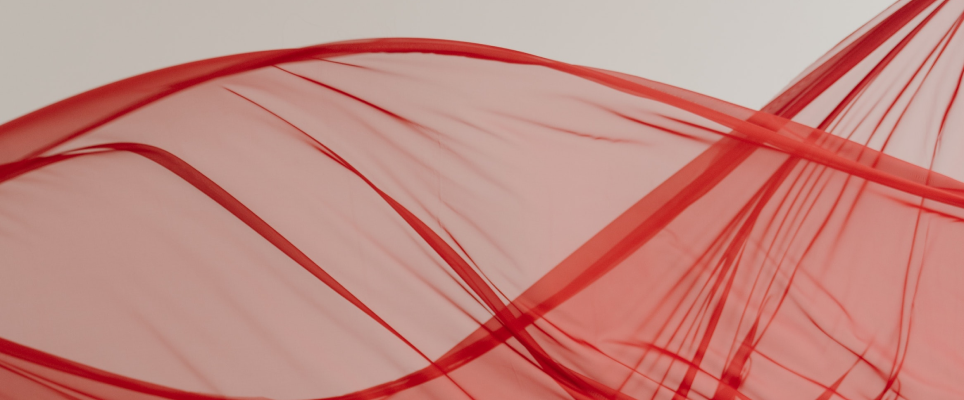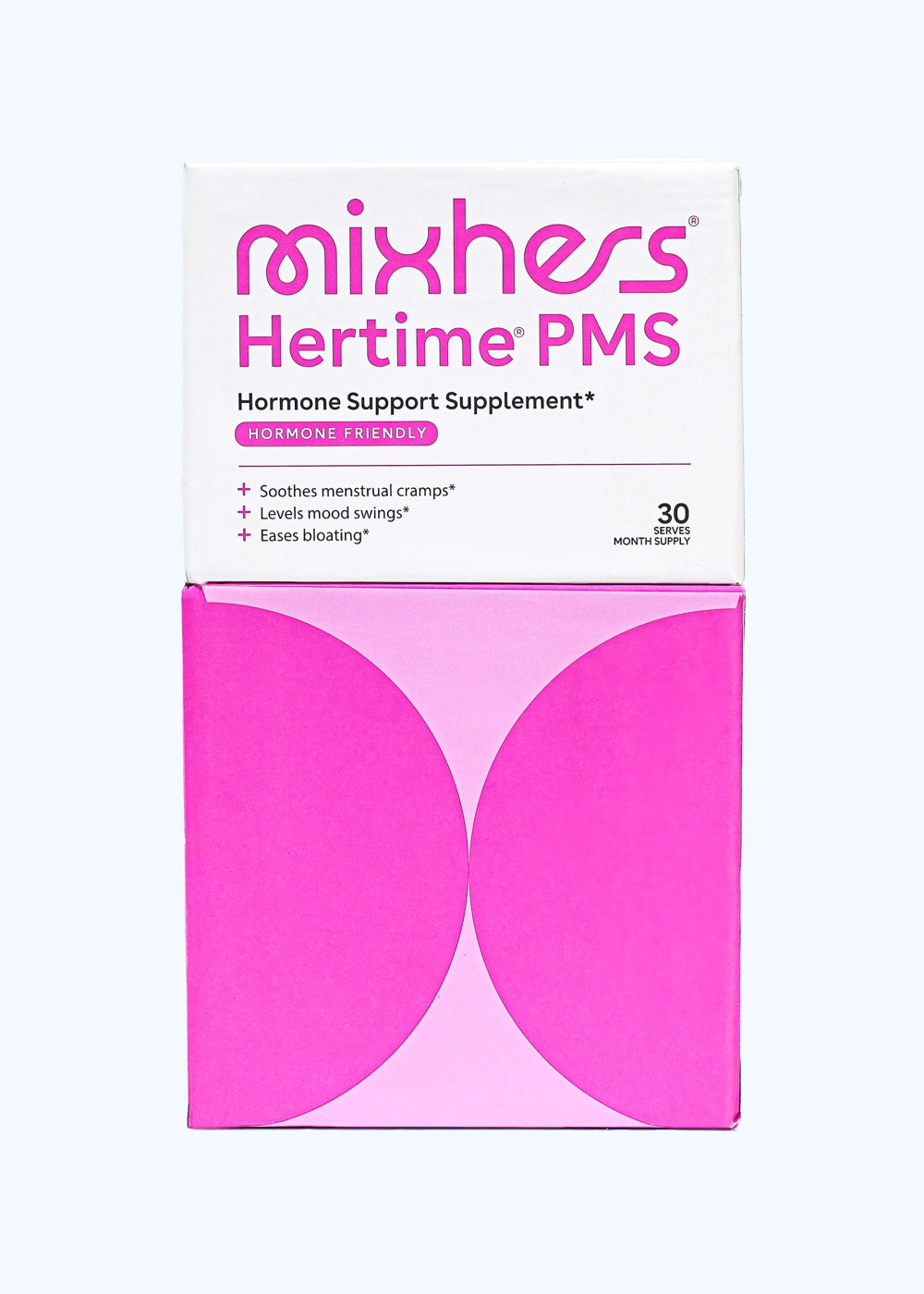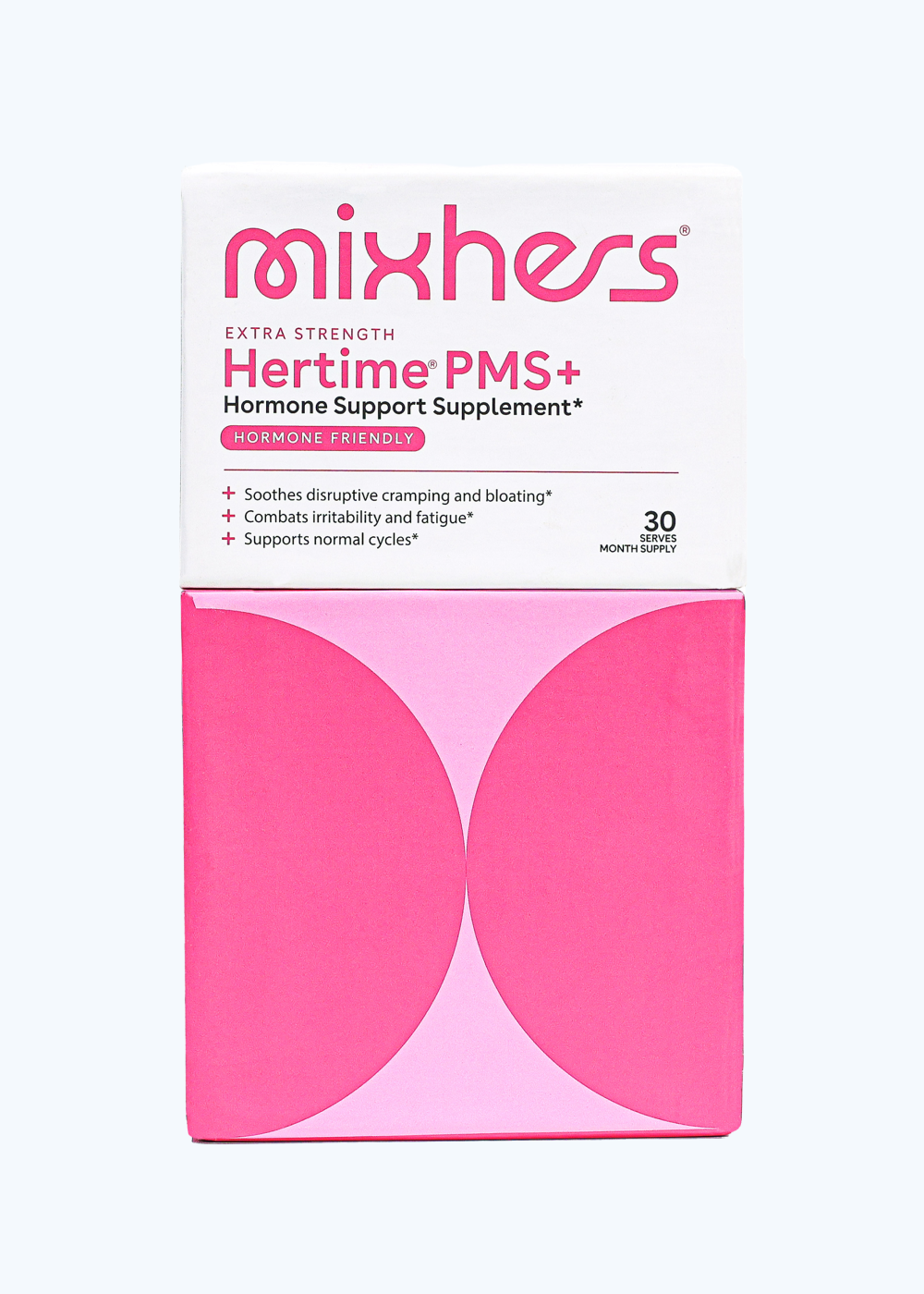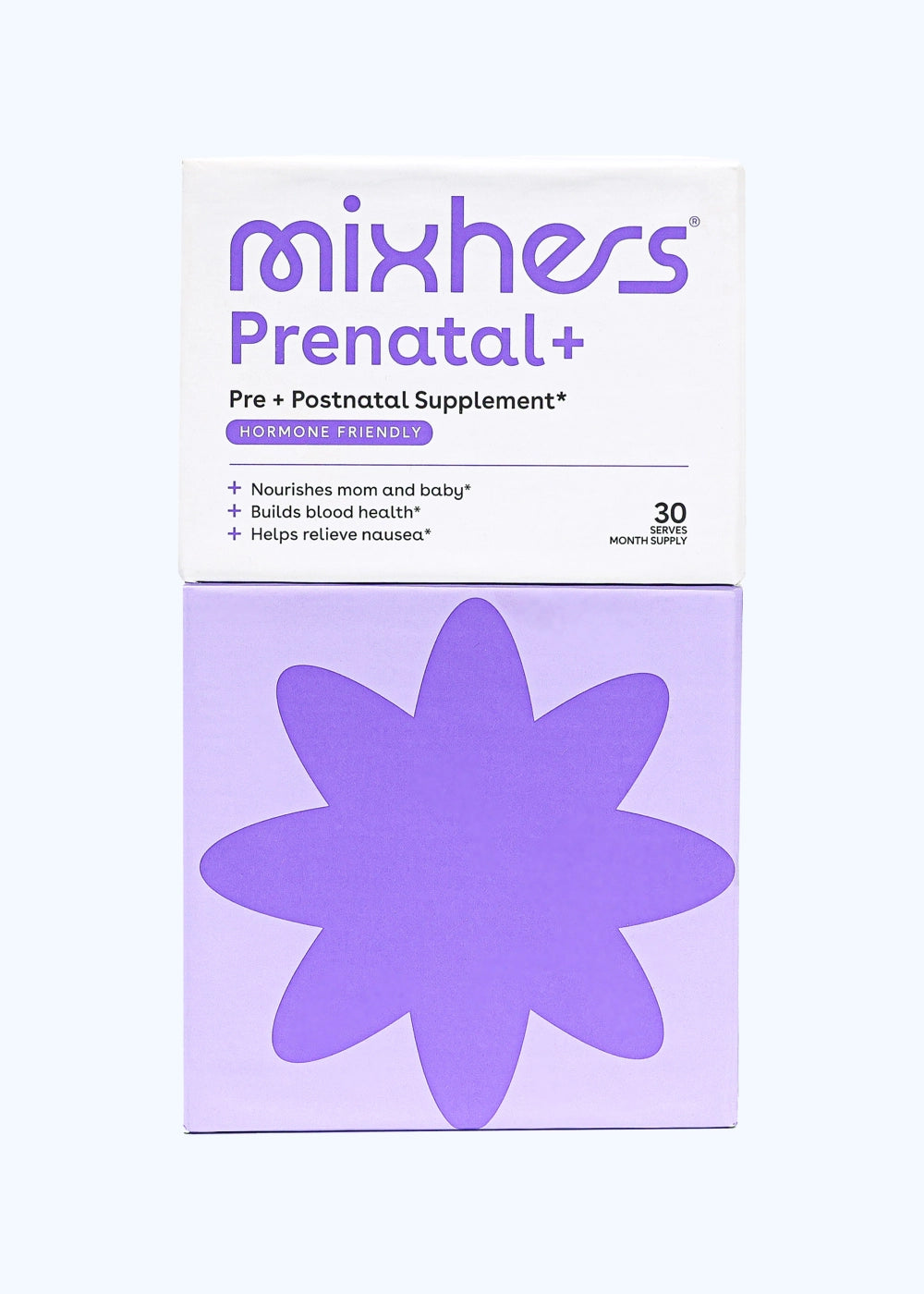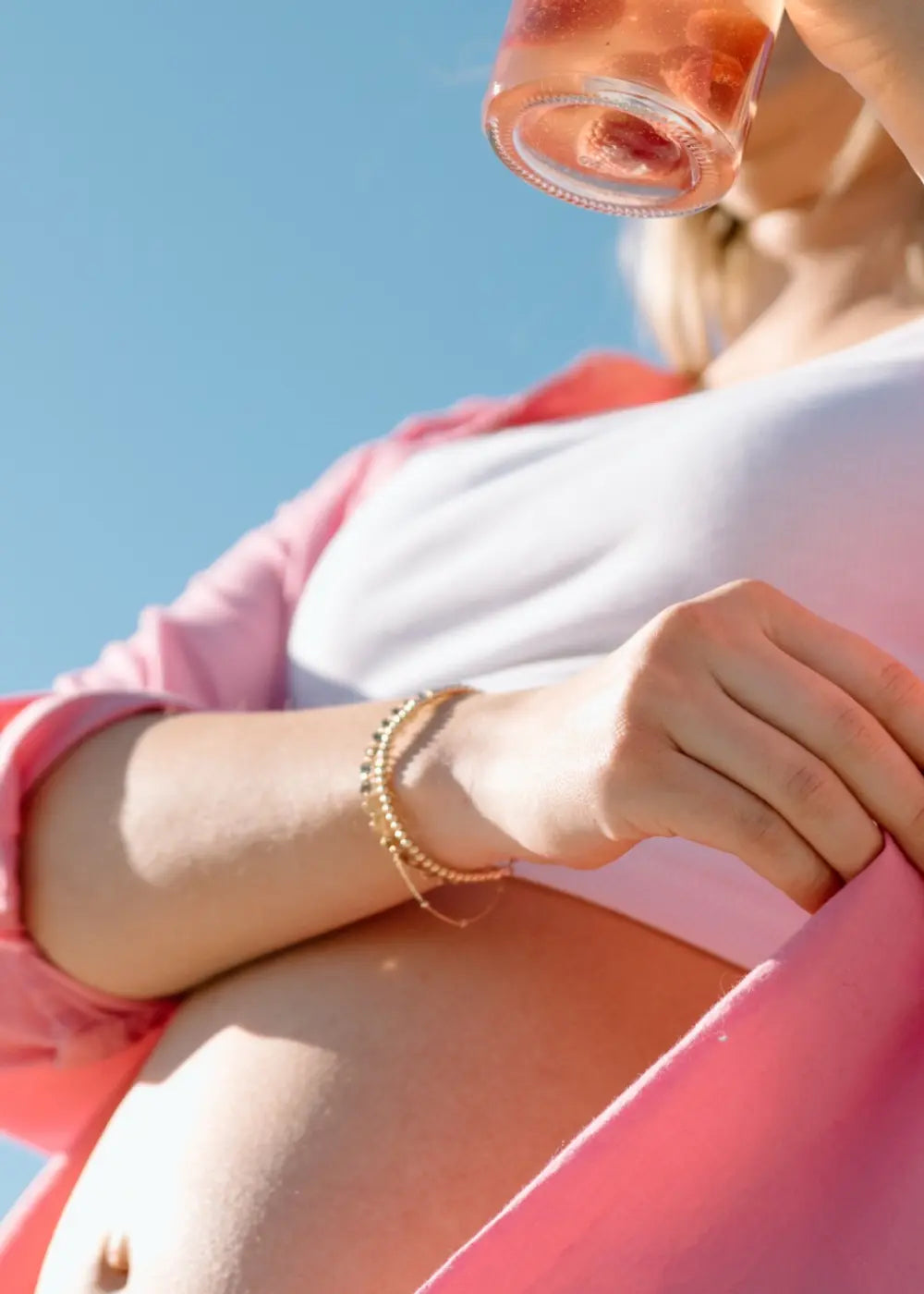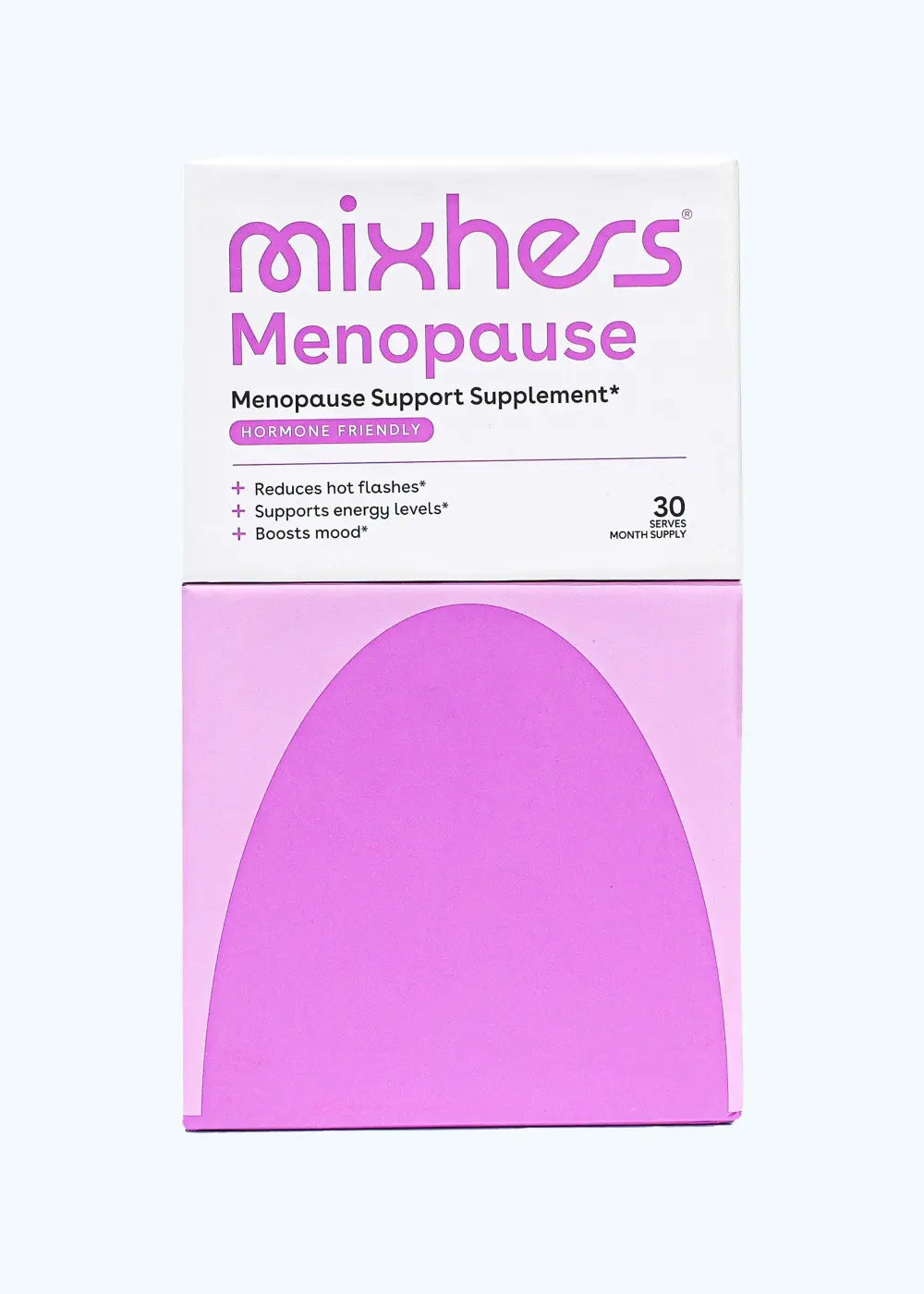The female body is a fascinating yet complex system, constantly influenced by fluctuating hormones like estrogen and progesterone. Understanding these cycles, especially the follicular phase, is key to unlocking the intricacies of women’s health and the reproductive system.
While you may know your menstruation cycle well (particularly the menstrual bleeding when the lining of the uterus is shed), the hormonal changes happening behind the scenes are just as significant. The follicular phase marks the beginning of a new cycle, where immature eggs in the ovaries begin their journey toward maturation. This process prepares your reproductive system to release a mature egg that could become a fertilized egg, initiating pregnancy.
This phase also plays a crucial role in women's overall healthcare and lifestyle. It’s important to understand how this part of your cycle interacts with factors like birth control or contraceptives, which can influence hormone levels and ovulation. Lasting from the start of menstruation to the initiation of ovulation, the follicular phase sets the stage for your most fertile time, paving the way for the maturation of eggs and the preparation of the uterus for potential pregnancy.
